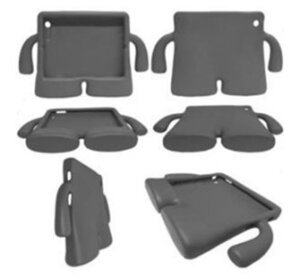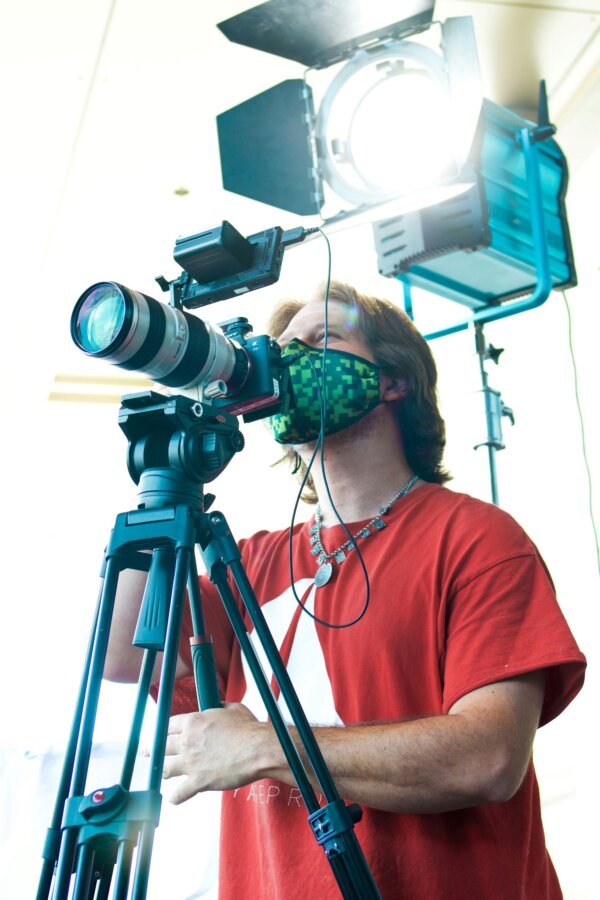Samsonite’s 3D EU trade mark application for tablet case rejected
Written by Saad Khan | October 5, 2022
Luggage maker Samsonite (the applicant) has recently had its application for a 3D EU trade mark for the shape of a tablet case rejected due to a lack of distinctiveness.
Samsonite first filed a trade mark application back in 2019, for the below shape in class 9 (cases for laptops, tablets and smartphones). As can be seen below, the case’s features include arms and legs which allows the device to stand and for users to hold the device.

The application was then refused on the basis that the mark did not depart significantly from the norms and customs of the relevant sector.
The applicant appealed the 2019 decision, which was rejected and subsequently appealed again to the EUIPO Second Board of Appeal.
The Decision
EU case law stipulates that the average consumer normally perceives a mark as a whole and does not analyse the particular details.
The Board pointed out a number of similar tablet cases on the market since 2017, which have decorative elements such as eyes, ears, handles and legs. Two particular products (see below), shared similar characteristics with the applicant’s mark and the argument made by the Board was that customers have become accustomed to tablet cases with characteristics such as legs and arms.


Further, the Board gave examples of existing registered community designs for tablets similar to the applicant’s mark. The Board’s examples taken together, in its view, show that that products were put on the market prior to the filing of the applicant’s mark.
The applicant argued that the example products already on the market, which are similar in appearance to the applicant’s mark, intended to ride on the coattails of the reputation enjoyed by the applicant’s mark.
The Board’s response was that counterfeits of the shape of the applicant’s mark was irrelevant to how the public would perceive the shape. The Board also stated that the assessment of the registrability of a sign does not depend on whether and to what extent the same or similar sign is used on the market.
In terms of the arms and legs of the applicant’s mark, these were deemed to be purely functional features which allowed children to hold the device or to stand freely. Target consumers would associate the arms and legs with the specific function and not as an indicator of origin.
The overall assessment was that the applicant’s mark did not depart from the norm and customs of the relevant sector.
Comment
This decision emphasises the importance of not arguing that functional features are the distinctive elements of a 3D mark. As Samsonite discovered, arms and legs on their tablet cases were considered functional features which consumers would associate with the functional aspect of the product i.e., to hold the device or enable it to stand.
The fact that similar tablet cases on the market and registered community designs had functional arms and legs, meant that customers had become accustomed to such tablet cases. This did not help Samsonite show that the 3D mark departed from the norm and customs of the relevant sector – i.e., tablet cases.
The takeaway here is that when applying to register a 3D mark, ensure that the trade mark as a whole is distinctive.
If you are looking to register a trade mark, please get in touch with one of our experienced IP solicitors who will be more than happy to assist you.
Written by Saad Khan – Trainee Solicitor

